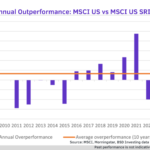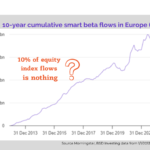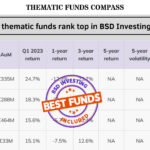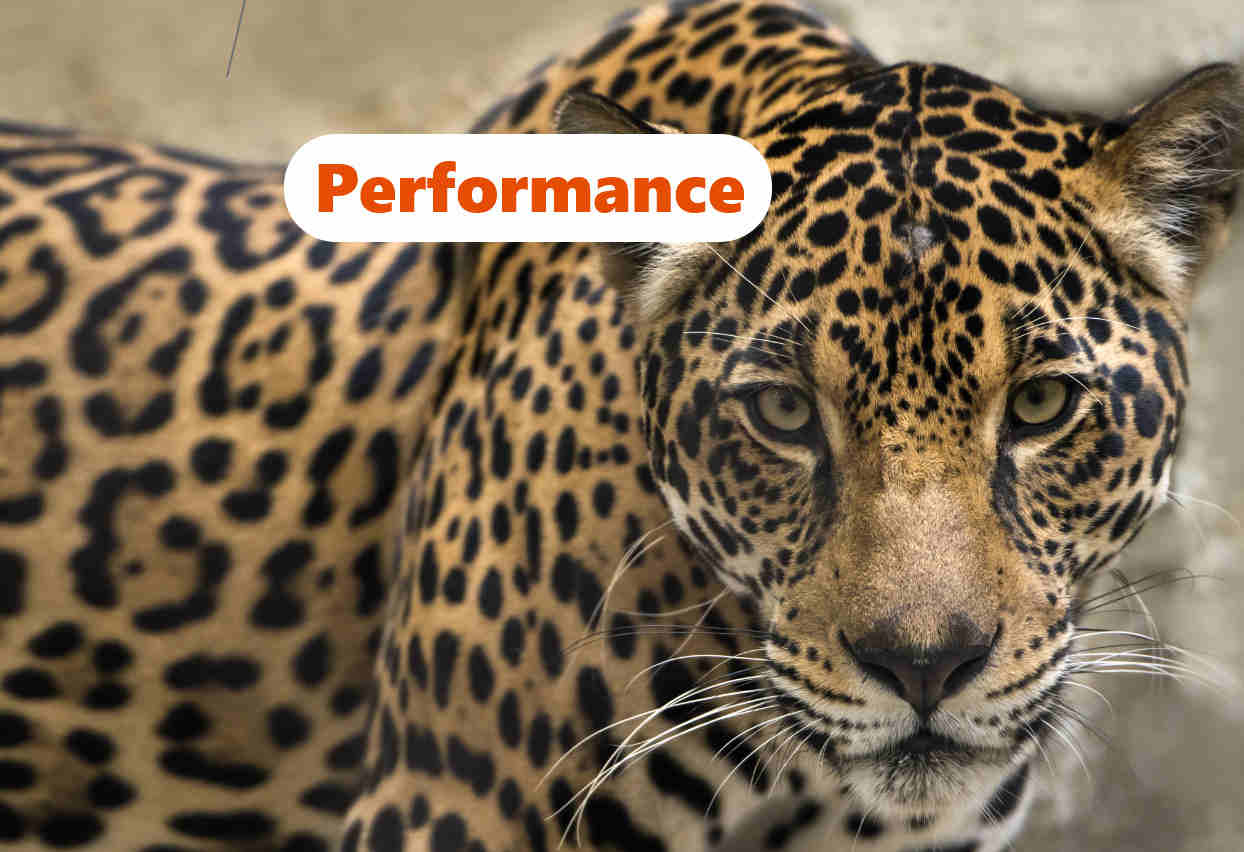The switch from mutual funds to ETFs is a good thing for investors that will be able to get the best of both worlds i.e. combining active funds added value with passive funds advantages on tax efficiency (in the 🇺🇸), cost, liquidity, and distribution.
𝐘𝐞𝐭 𝐭𝐡𝐢𝐧𝐤𝐢𝐧𝐠 𝐭𝐡𝐚𝐭 𝐦𝐮𝐭𝐮𝐚𝐥 𝐟𝐮𝐧𝐝𝐬 𝐚𝐫𝐞 𝐨𝐧𝐥𝐲 𝐚𝐜𝐭𝐢𝐯𝐞 𝐦𝐚𝐧𝐚𝐠𝐞𝐦𝐞𝐧𝐭 𝐚𝐧𝐝 𝐄𝐓𝐅𝐬 𝐨𝐧𝐥𝐲 𝐩𝐚𝐬𝐬𝐢𝐯𝐞 𝐦𝐚𝐧𝐚𝐠𝐞𝐦𝐞𝐧𝐭 𝐢𝐬 𝐚 𝐟𝐚𝐥𝐬𝐞 𝐛𝐞𝐥𝐢𝐞𝐟. Today mutual funds are comprised of active funds and index funds. And ETFs are comprised of passive ETFs and active ETFs.
Therefore, for a fair active vs passive performance comparison, a reclassification is needed. Active funds should include active mutual funds and active ETFs and passive funds should include passive ETFs and index funds.
👉The switch from mutual funds to ETF is an interesting trend yet it does not remove the need for a fair comparison between true active and true passive strategies. And as says Tom Eckett from ETF Stream in “Peak passive an irrelevant discussion (160321): “Any portfolio has room for both true active and passive strategies”.
Marlene Hassine Konqui













Leave a Reply
You must be logged in to post a comment.